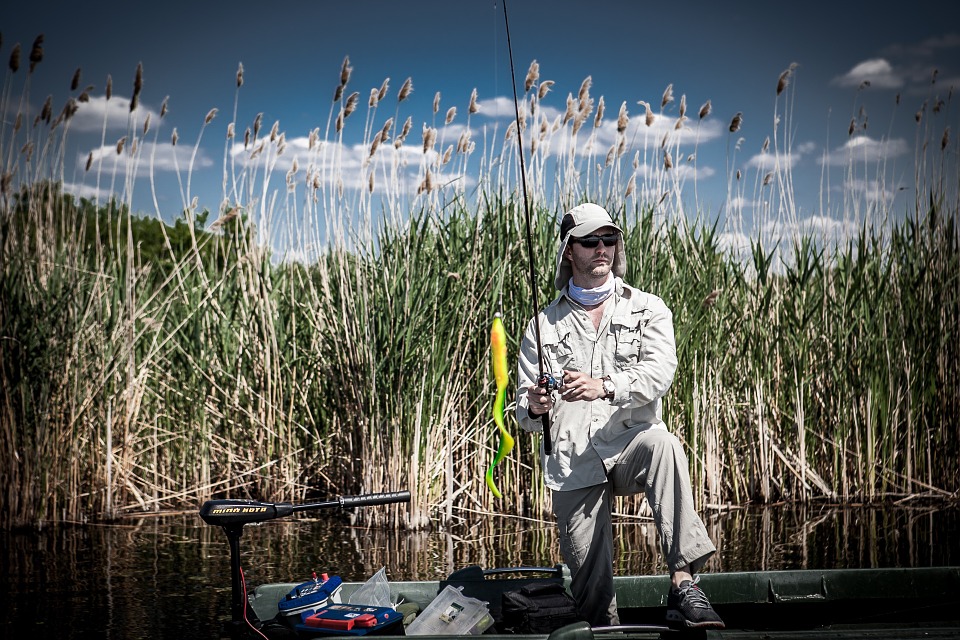How to animate a Popper lure ?
Fishing lures are available in large numbers, and it is interesting for you to look at the various models available. There are also several maneuvers that you can use depending on what your preferences are. For example, when surface fishing, you can use a popper, which can be quite useful.
Doing surface fishing
Resorting to surface fishing has its advantages, and it can be a type of fishing with its challenges. In particular, this variant will be practiced with a surface lure that you will have to choose well. The main thing is to decide on the model you are going to buy.
There are several alternatives that you can turn to in order to practice your activity at best. In general, the type of bait used will be in stickbait format. This basically means that measures will be taken to attract the fish to the surface. So it’s up to you to make up your mind on that.
Using a popper for surface fishing
The popper is a surface lure model that is going to be quite special. Among the details about it, we can mention the fact that it will present a concave space in the area of the mouth. This will contribute to create waves in the water. It will also contain small balls, whose purpose is to generate vibrations.
The activity generated by this type of bait will easily attract fish to it. On the other hand, it is required to know how to use a popper properly. You should not simply throw it in the water and wait.
How to animate your popper
In order for your popper to be able to meet your needs, it is important to use the right surface lure technique. Thus, this model is going to be characterized by the fact of generating vibrations under actions in your origin. For this, you just need to pull the rod.
However, you have to choose the right moments to do this, and adopt a very precise timing. So, first you have to give a series of 4 or 5 short sharp strokes on the rod. Then you need to take a short break for 15 seconds, then start again.
Adapting to the style of popper
Like all styles of surface lure fishing, this is not a technique that works every time. Because of this, it may be necessary for you to be patient before making a catch. You also need to make sure you space your attempts well apart.
If you do this too mechanically, the fish may spot it. When they do, they’ll get suspicious and stay away from your bait. The season is also a factor in a fish’s ability to take the bait. This technique is still a good thing to learn for your fishing practice.

Leave a Reply Cancel